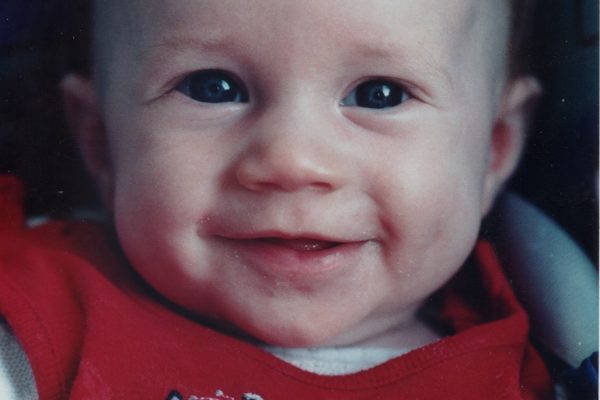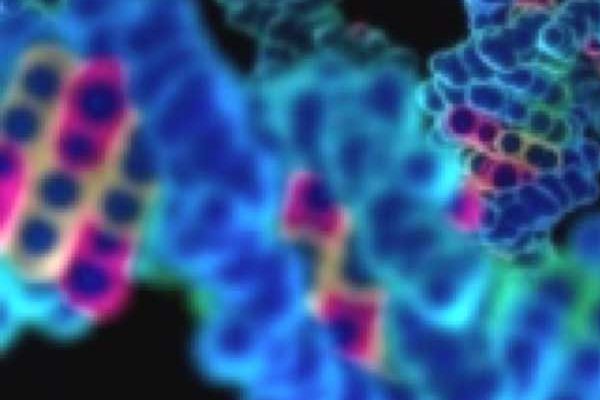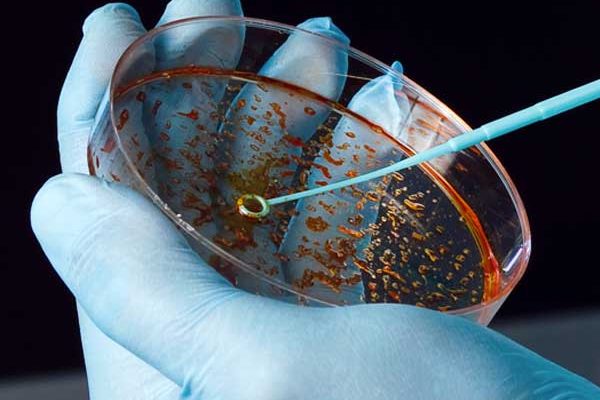Enhanced memory for detail in autism
Much research on autism focuses only on deficits in social cognition.But another common hallmark of autism-spectrum disorders is an enhanced memory for details, such as types of objects and their location, words from different languages, types of cars etc. (‘item’ memory). Current neural models have use-dependent synaptic plasticity as the basis of memory which is not sufficient to explain this phenomenon. Neural plasticity includes intracellular signaling as a vital part of memory formation. We want to use data from autism-derived induced neuronal cells to investigate which components of these mechanisms are altered and build models to investigate the effects on neural plasticity. We may learn which properties are ultimately responsible for the observed enhanced item memory.










